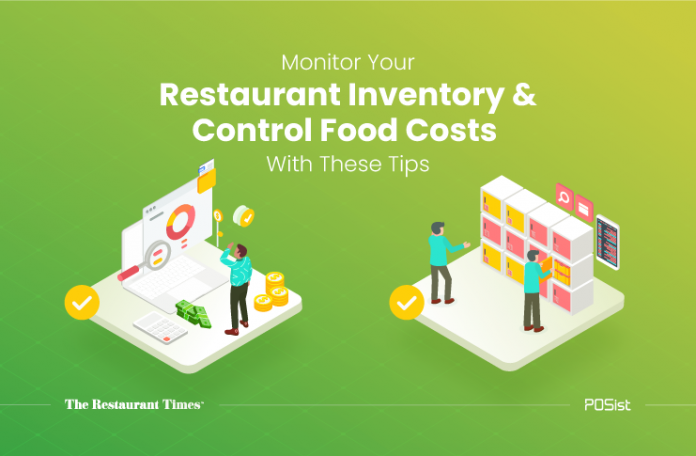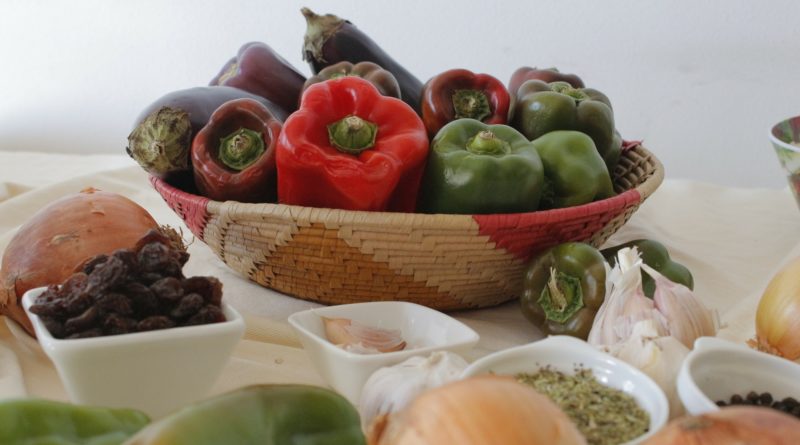Most restaurant owners fail to keep a tight check on restaurant inventory, and this is the biggest mistake they make. By not tracking inventory, you may be unwittingly increasing the food costs. Hence, keeping a check on your inventory on a daily basis, calculating the stock available at the beginning and at the end of every day, and reordering right on time is a must. This article discusses how restaurants in the UAE can monitor their restaurant inventory and control food costs.
How to Keep Tight Control Over Your Restaurant Inventory
Here are some tried and tested tips on how you can keep tight control of your restaurant inventory.
1. Monitor Your Daily Consumption
You must always monitor your consumption on a daily basis. Doing so will help you to be in tune with the stock available across all your outlets. Moreover, you can also create a monthly inventory report. You can build it manually, or use a restaurant management software that has an inventory module. This report will help you understand any instances that might be increasing the input cost in your restaurant.
2. Place An Order When Required
Only when you strictly monitor your restaurant inventory, will you know when to reorder items. Expired ingredients or unavailability of the stock is a big turnoff for customers. To avoid any such situations, implementing robust restaurant management software is a must.
Such software will give you real-time alerts whenever a particular item reaches its reorder level. This will ensure that you place an order right at the right time, and even if you are unable to be present physically, your inventory items are in stock.
3. Focus On Recipe Management
One of the best ways to maintain your restaurant inventory is to have an integrated recipe management feature in the POS software. Based on the number of orders placed in the POS for a particular item, you can keep track of raw ingredient consumption. For this, define a standard recipe for each item.
You must document how much raw material is required, for each dish, the quantity, how the item is prepared, the temperature at which it must be made, and how it should be placed on the plate. This will not only help your chefs, and your kitchen staff to maintain consistency, but will also reduce the chances of unwanted kitchen wastage to a great extent.
4. Calculate The Variance
It is a known fact that restaurants are vulnerable to theft and pilferage. While it is the cash counter which has become infamous for such activities, the stock and inventory section is not much behind. One of the best ways to make sure that no misappropriations are happening in your absence in the kitchen is to check the variance report daily.
This helps you in tracking the variance between the actual physical stock consumption and the ideal stock consumption based on the number of orders placed and total sales. Usually, a 6-7% variance is an acceptable margin for wastage. Anything more than that implies misappropriations.
5. Analyze The Yield Of Each Stock Item
Much unwarranted wastage happens in the kitchen and inventory because restaurateurs often end up ordering more stock than is required. The exact yield of the item tells you how much of each ingredient is required for preparing the dish and enables you to order stock based on it.
This way, you eliminate the risk of over-ordering or running out of stock while preparing the items. A smart restaurant inventory management software helps you calculate the yield of each item automatically and generates smart reports for better analysis of your food costs.
6. Manage The Shelf Life Of Stock Items
Another critical thing to consider while managing your stock operations is monitoring the shelf life of stock items. It is important to consume the stock on FIFO (First In First Out) basis and on the basis of the expiration date. A smart restaurant inventory management software allows you to set alerts and reminders that a particular stock is about to reach its expiration date. This prevents you from using the expired stock ingredient in your food.
Tight control of your restaurant inventory will not only ensure that your kitchen never runs out of stock, but it will also help you to keep kitchen waste generation to the least. This will, in turn, help you to reduce the input food cost and increase the overall profit of the restaurant. Implement these tips and control your food costs to a great extent!



















